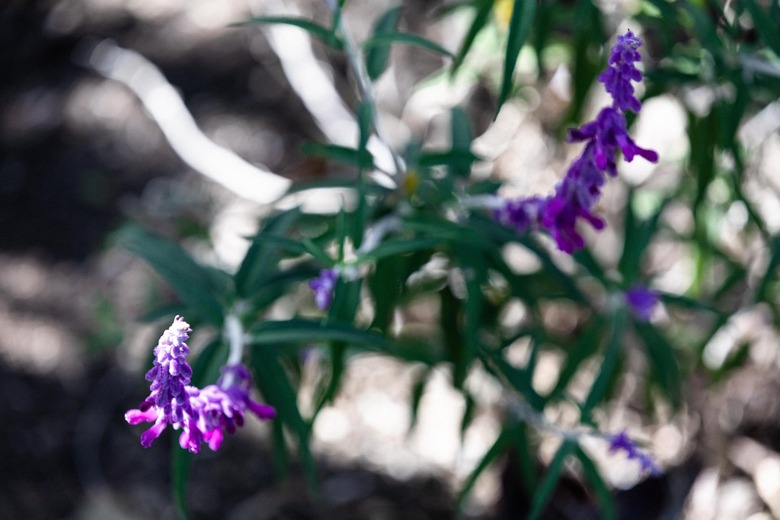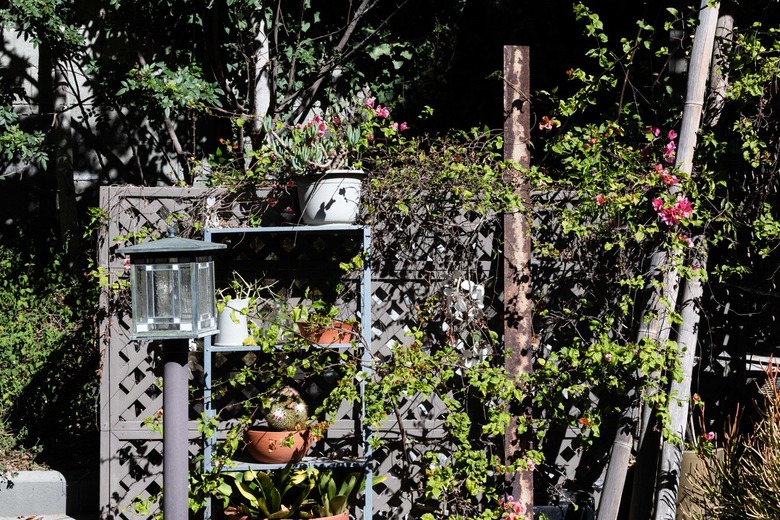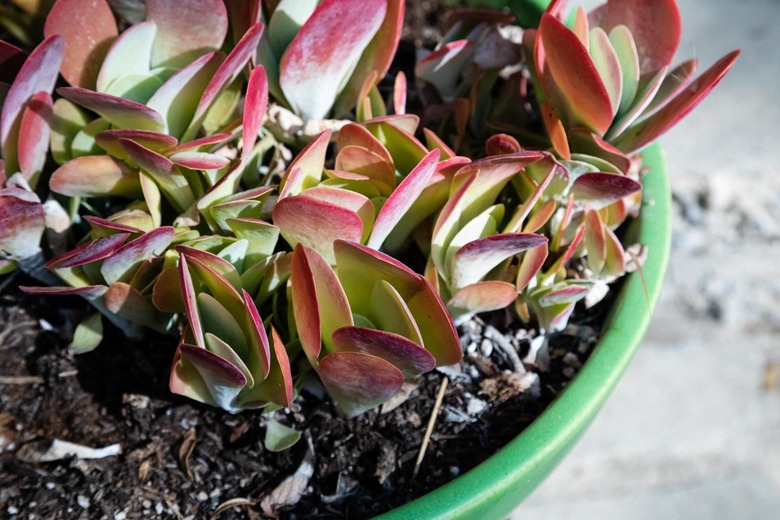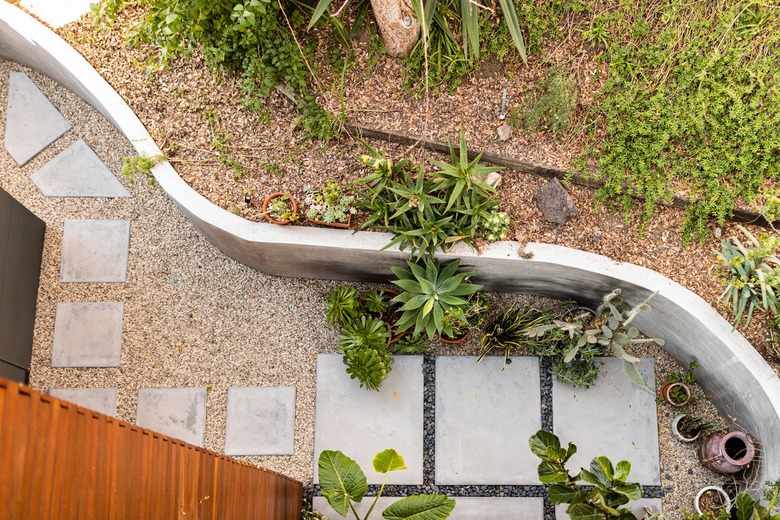How To Revive Dead Outdoor Plants You Got Last Summer
Winter's worst has come and gone, but your outdoor plants may still be suffering the consequences. If you venture out into the garden in spring and find unhappy plants in planters or containers, don't panic. Often, plants kicked around by winter winds can be coddled back to health if you take the right steps. These "first aid" tips will help get you started in bringing your plants back to life again.
Recognizing Winter Damage
Recognizing Winter Damage
Good news: many plants that are beat-up in winter can be saved with loving care. This includes container plants as well as those you installed in planters and raised beds. Winter damage can knock down stems, leave bare branches, or even uproot shrubs, but that doesn't mean the plants are goners. Deciduous plants are easiest to fix since nature prepares them to survive winter by shutting down and going dormant, dropping leaves in fall to grow more in springtime. But evergreen plants are tough too and likely to revive with proper attention.
Clean Up the Plants First
Clean Up the Plants First
The first step toward getting last year's plants back on track is to clean them up so you can tell what is going on. Clip off dead branches and twigs, as well as spent flowers still hanging in there. When you aren't sure whether a branch is dead, lightly scratch off the stem with your fingernail. If the layer beneath the scratch is brown, it is likely dead; if it's green, it's still alive.
Clip off torn or discolored leaves. Take care not to remove leaf buds that are growing in near the damaged mature leaves since these are the "babies" that will turn into leafy foliage over the spring and summer. Once you've finished removing obviously dead parts of the plant, wash it down thoroughly with the hose.
Tip
Some plants are clearly beyond help and simply need to be taken out and tossed in the compost pile. If all of the leaves and stems of a plant are mushy, it's too late. Likewise, if the roots are exposed and you can see that they are rotting, just say goodbye.
Take Care of the Ground
Take Care of the Ground
The next step to helping last year's plants recover after a damaging winter involves cleaning up the soil and adding nutrients. Remember that almost all garden plants get their food and irrigation through their roots. Good soil doesn't guarantee revived plants but inhospitable soil increase the odds that they will die.
Gently remove the weeds around the stems of the plant, using a small garden fork to loosen their roots. One by one, clear out all weeds that are in the container or planter. Take care not to impact the roots of the plant you are trying to save. Taking out the weeds means that the ailing plants won't have competition for water and nutrients. Once the weeds are gone, loosen the top of the soil in the planter or bed. Then layer an inch of organic compost on the soil surface, keeping it a couple of inches away from plant stems. Use your garden fork to work blend it with the soil.
Note that if your "dead" plants are container plants, it may be worth your while to repot the plant when you are cleaning and improving the soil. If the roots are circling the inside of the pot, the plant needs a larger home. First unwind the roots and do some root pruning.
Be a Patient Gardener
Be a Patient Gardener
Don't jump the gun and decide to replace all of last year's plants too soon. While soggy foliage on last year's annuals likely means that they are dead, this is not true with herbaceous perennials. These are tough plants. Even if the foliage is brown and soggy, don't assume that the plants are dead. Many times, perennial roots remain alive even when the foliage and stems are dead, and the plants will grow back if you give them time and space.



